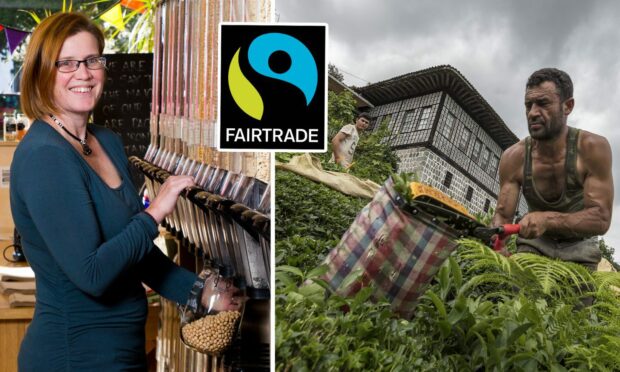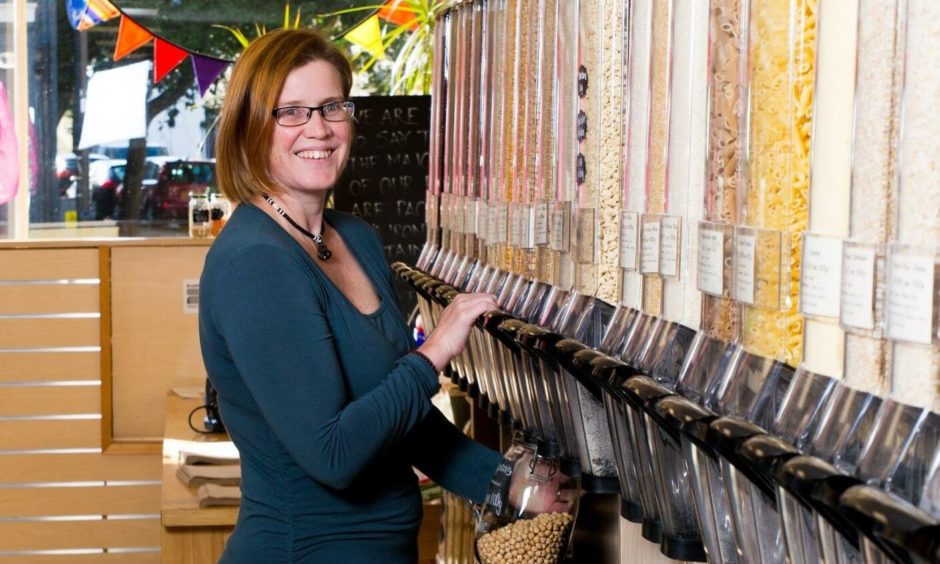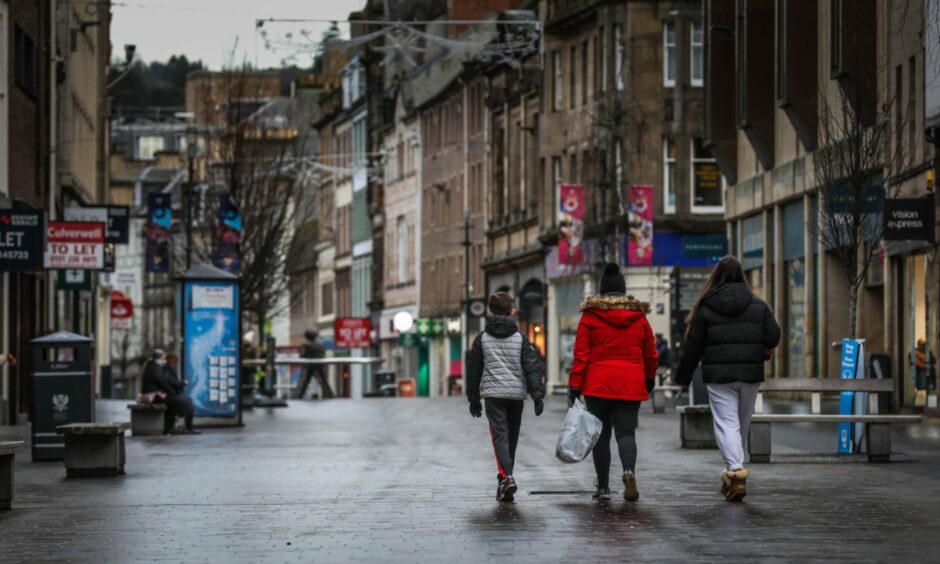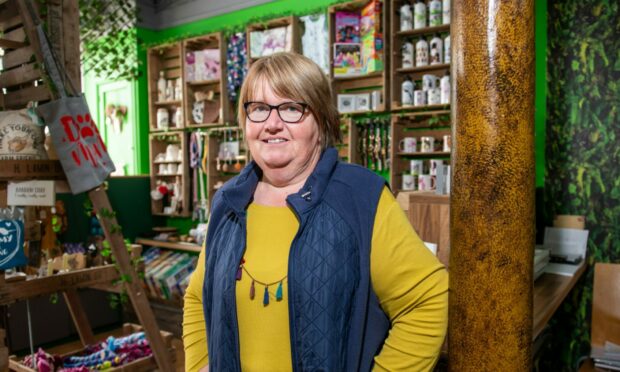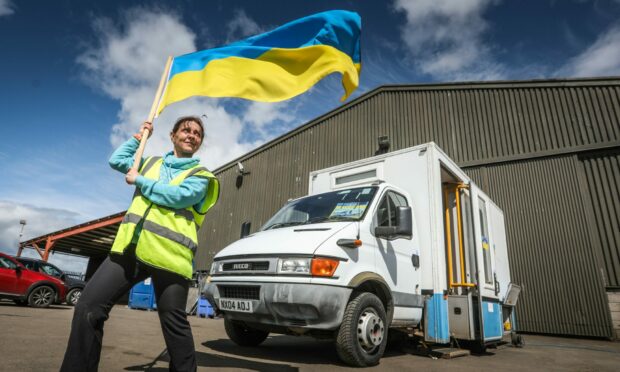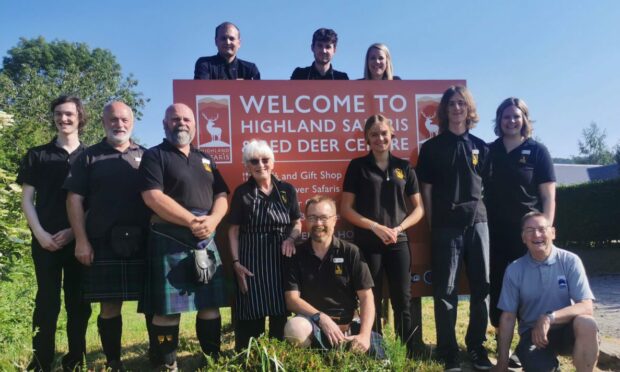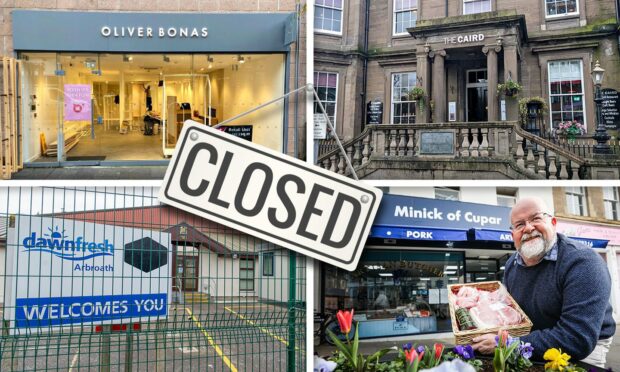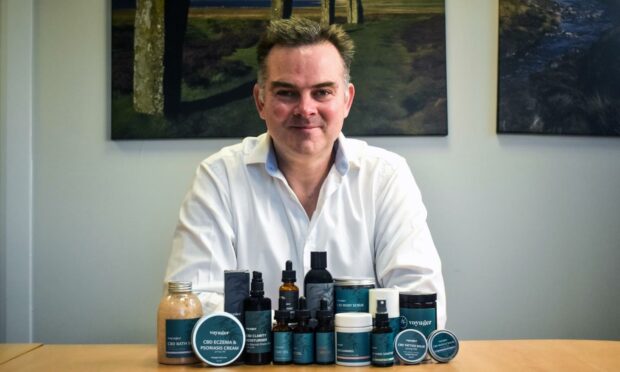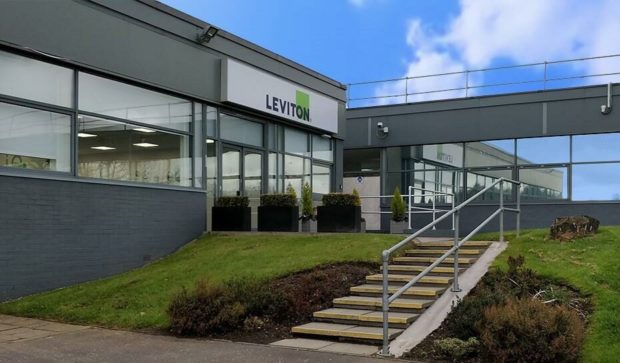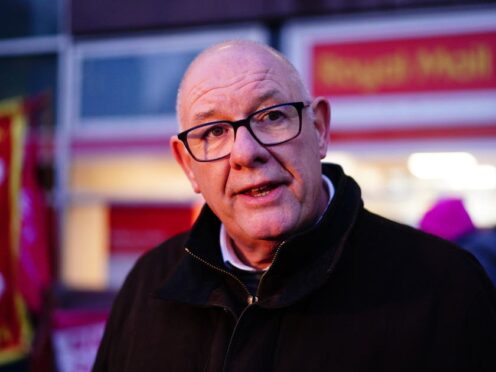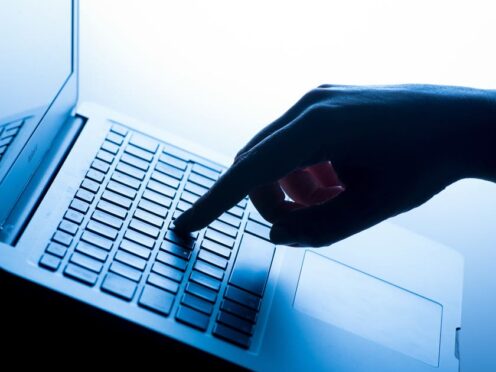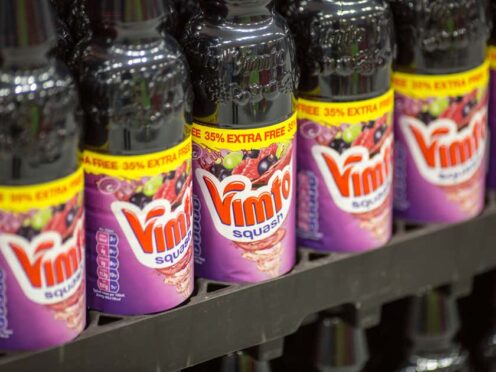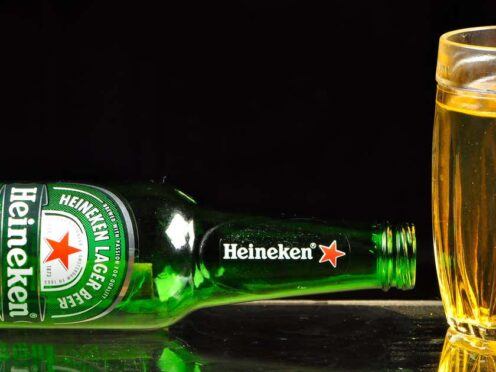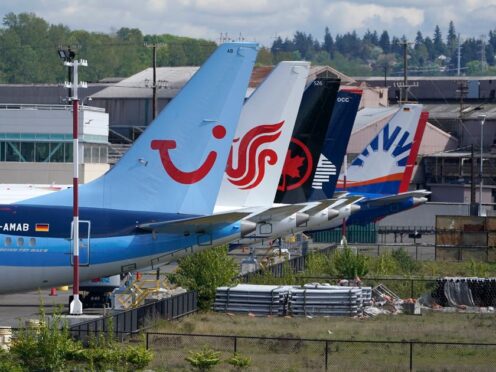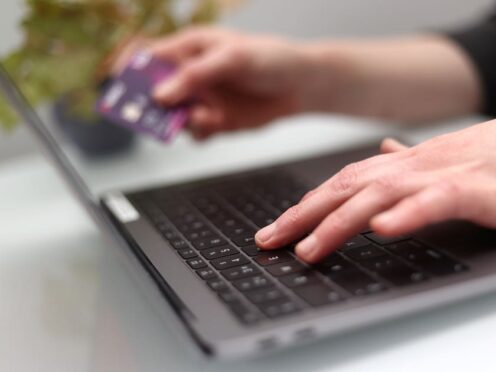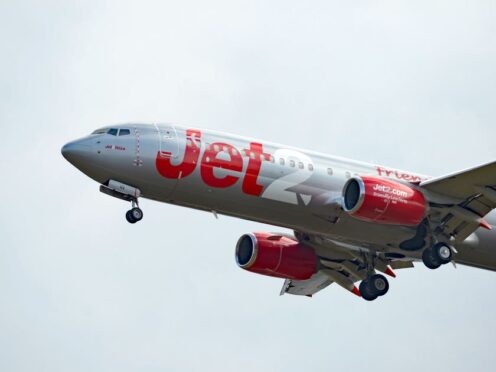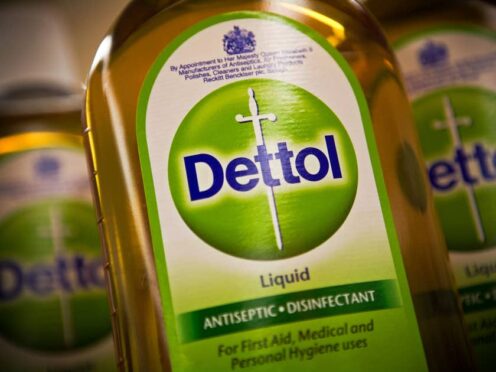We have all bought, or at least seen, the Fairtrade labels on products in supermarkets, but supporting Fairtrade goes further than that.
One of the aims is to fight the use of plastic packaging through having items available on refill.
Fairtrade is a system of certification that aims to ensure a set of standards are met in the production and supply of a product or ingredient.
It means protecting workers’ rights, ensuring fairer pay and safer working conditions.
Shoppers, in turn, get ethically-produced products.
World Fairtrade Day was created by the World Fairtrade Organisation in 2004, though the WFTO itself came into existence 15 years earlier, in 1989.
It is a worldwide festival of events celebrating Fairtrade’s contribution to the fight against poverty and exploitation, climate change and the economic crisis.
Why is Fairtrade important?
Louise Humpington, who runs zero waste business Grain and Sustain in Fife, is an expert on Fairtrade and what you can do to make a difference.
Louise was quick to point out it doesn’t just extend to supermarkets, though.
Making a positive difference could extend to where people buy their clothes or which companies they bank with.
“If something is too cheap, somebody somewhere is paying the price,” said Louise, who runs shops in Burntisland, Kirkcaldy and St Monans.
She said prices of products such as electrical items and clothes may not reflect the cost of creating them.
“Where you do see things being sold very cheaply, it’s not because the commodity isn’t worth much.
“It’s because someone else is bearing the brunt of our choices.”
She said it’s up to people to recognise and take responsibility for their own spending decisions.
The Fife businesswoman added: “Big retailers have created a dependency for a lot of people on low-cost food.
“We need to recognise that and do something about it.”
Fairtrade in Tayside and Fife
Dundee became Scotland’s first Fairtrade City in 2004.
To be awarded Fairtrade status, an area must meet a range of criteria.
These include getting support from local council, a range of Fairtrade products available in shops, attracting media attention and a local steering group.
Dundee City Council’s website says it is “committed to promoting and raising awareness” of Fairtrade.
There are a number of Fairtrade groups across Tayside and Fife.
There are 10 groups set up locally, from Montrose to Dalgety Bay.
Aberfeldy became the first Fairtrade town in Scotland in 2002 and Kinross-shire became the first Fairtrade county in Scotland in August 2005.
Perth also became a Fairtrade city in 2005.
What is the World Fairtrade Day theme this year?
Climate justice has been chosen as this year’s theme for World Fairtrade Day.
Tackling the climate crisis is not just a necessity, but also a social justice issue and a matter of survival for the worst affected.
The aim of climate justice is to deliver fair, inclusive and sustainable solutions to people who are suffering.
